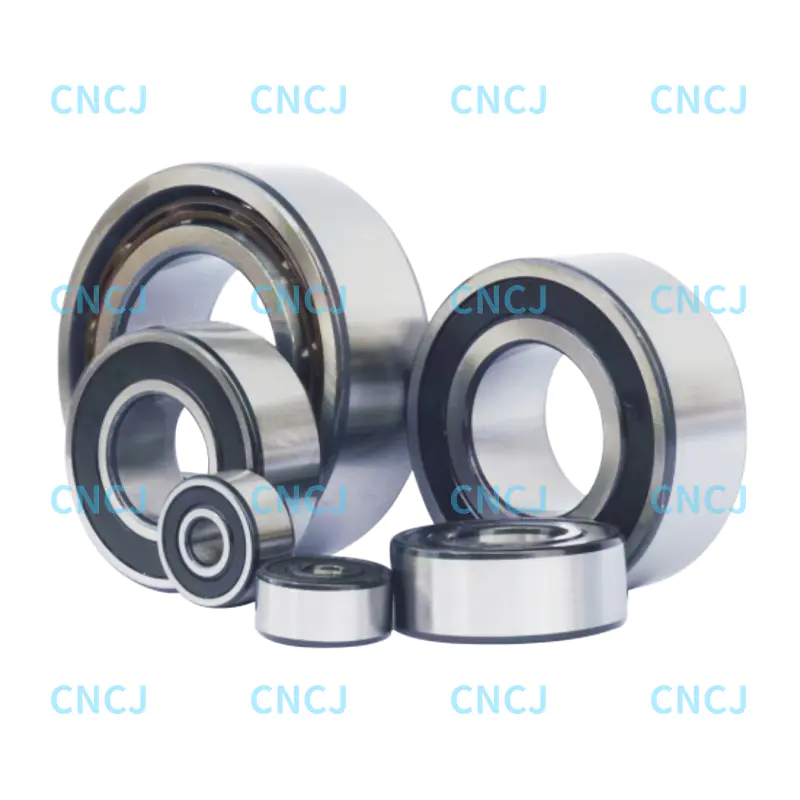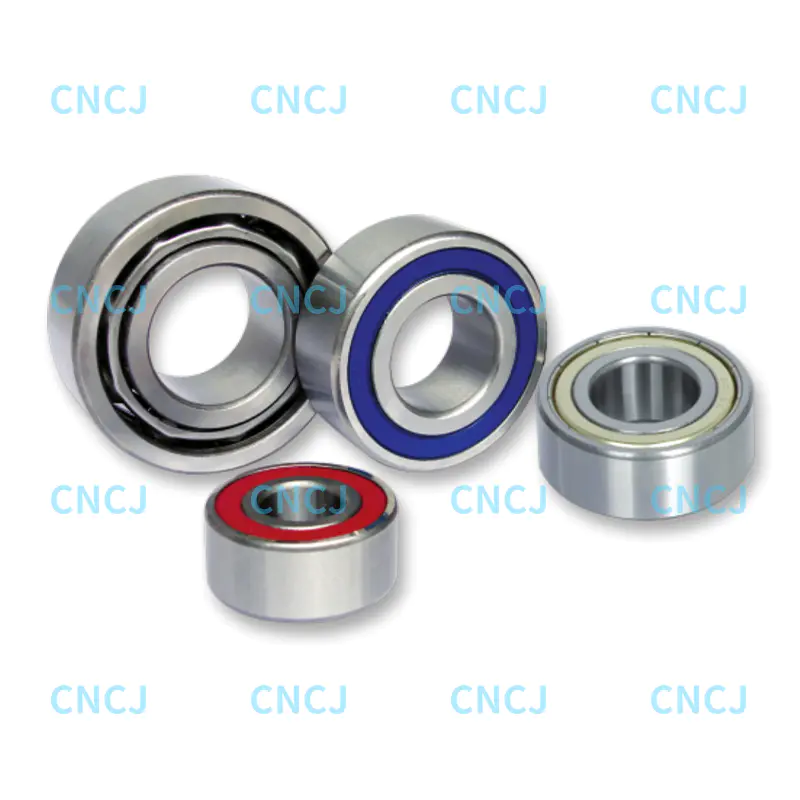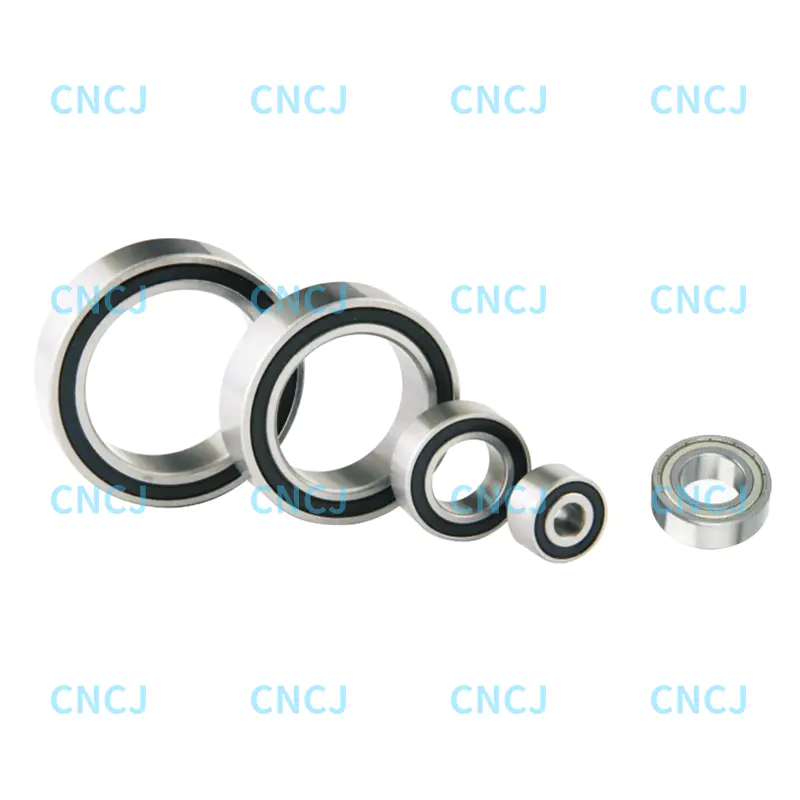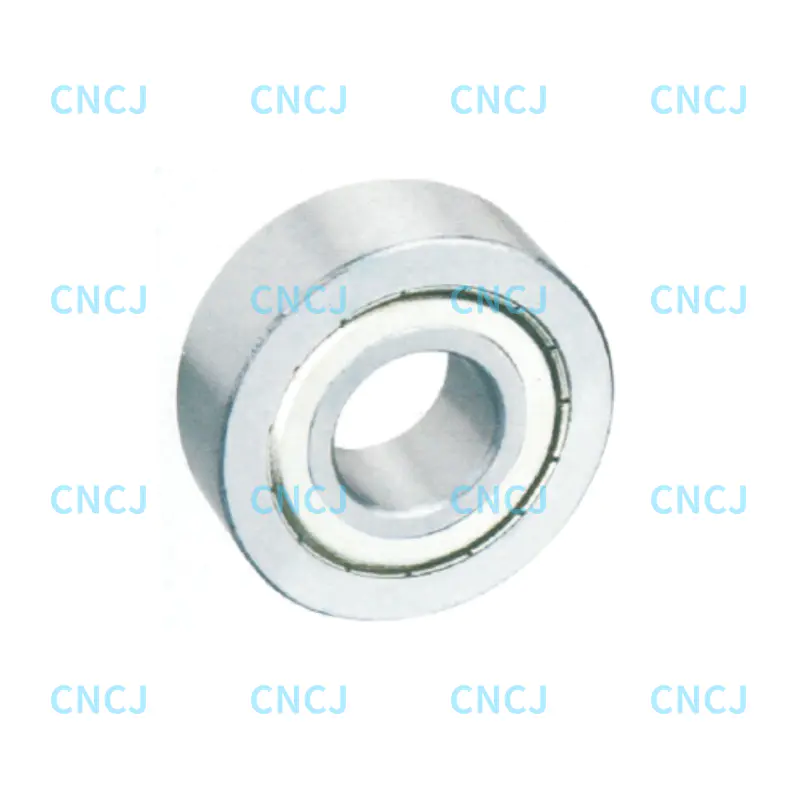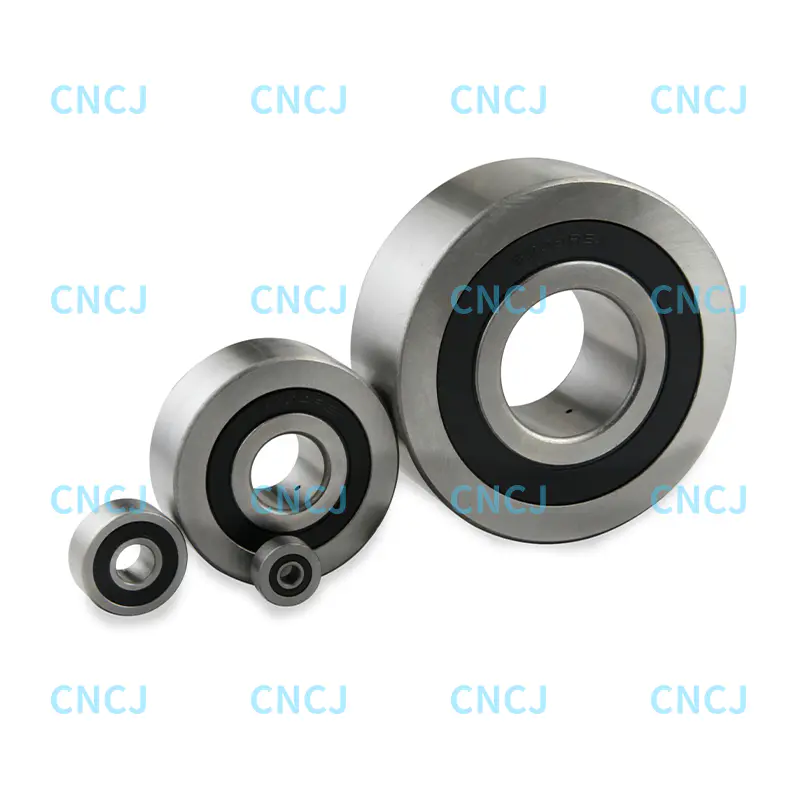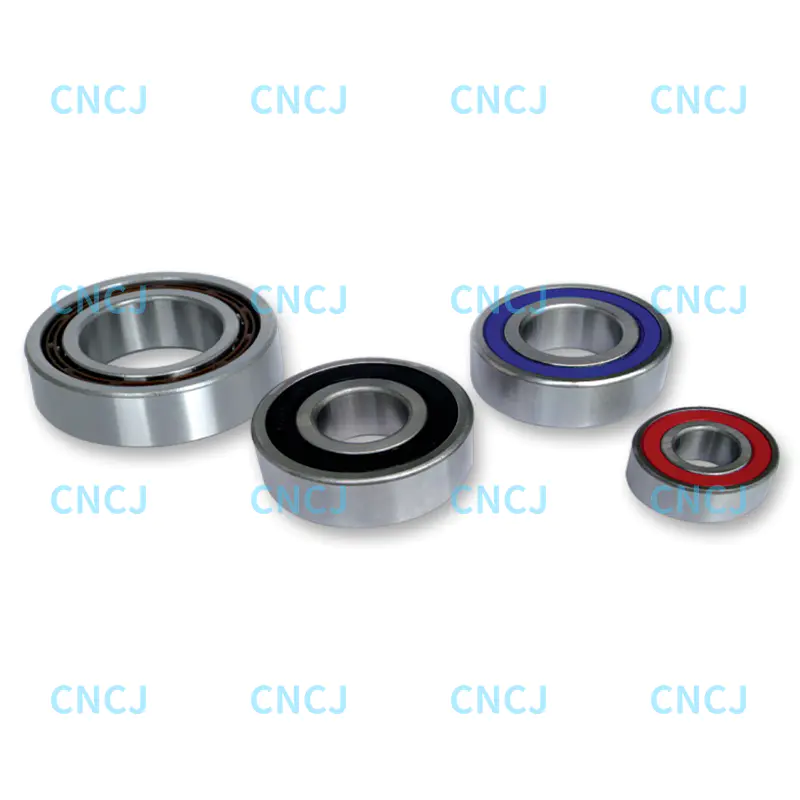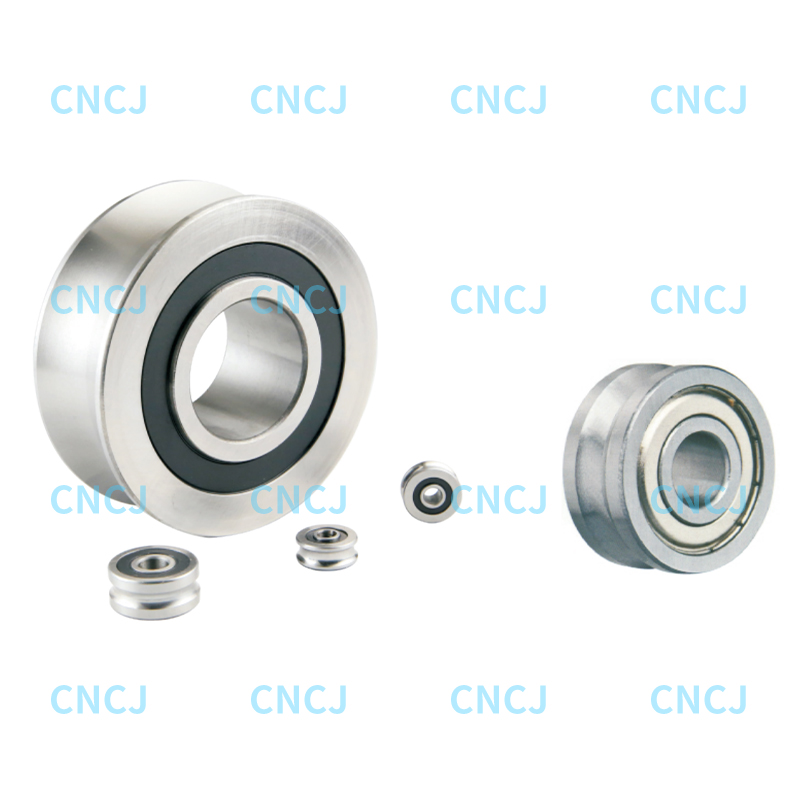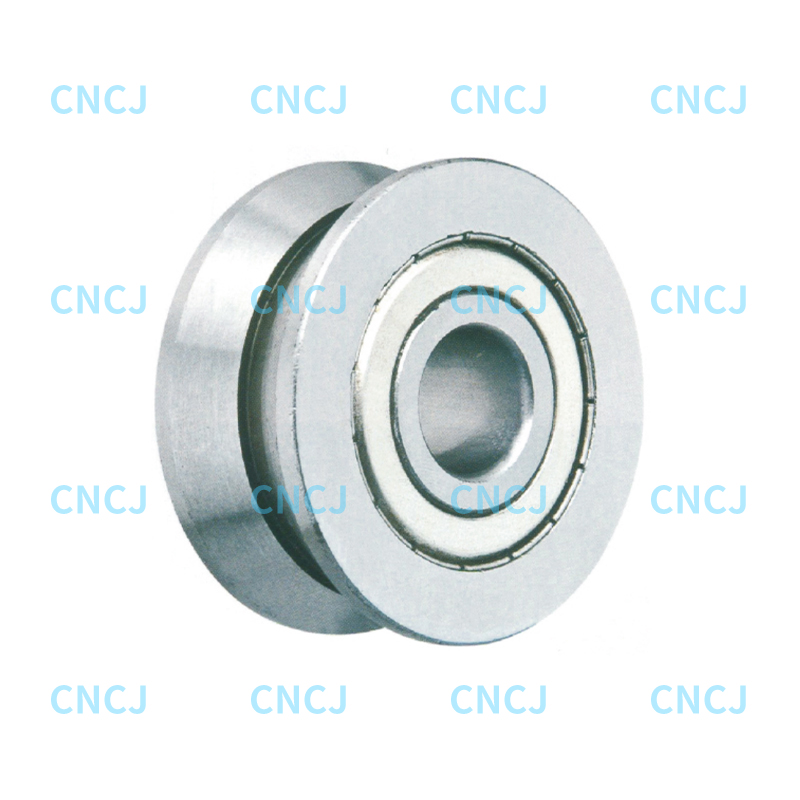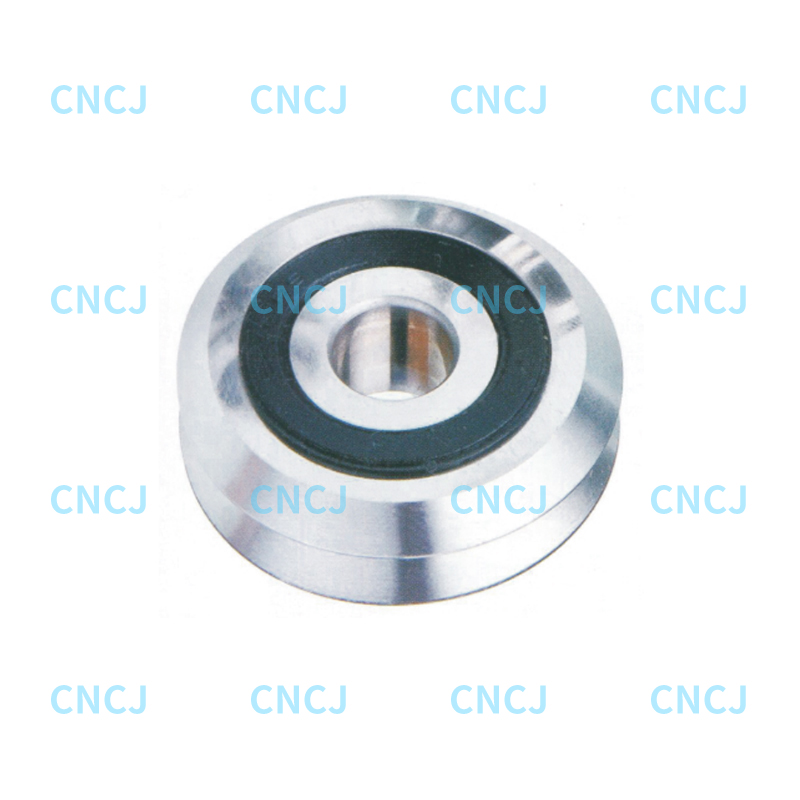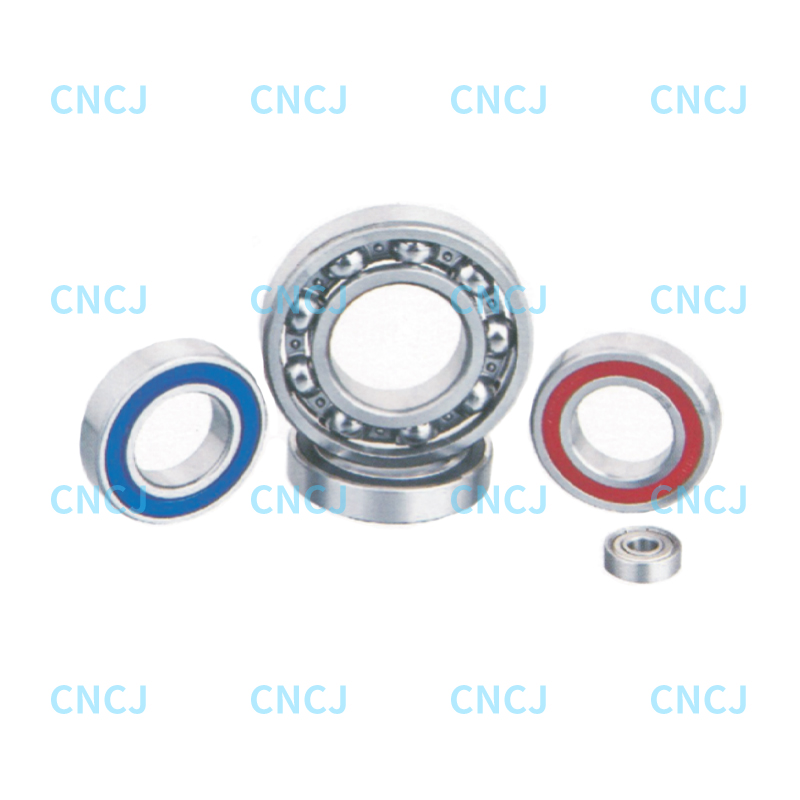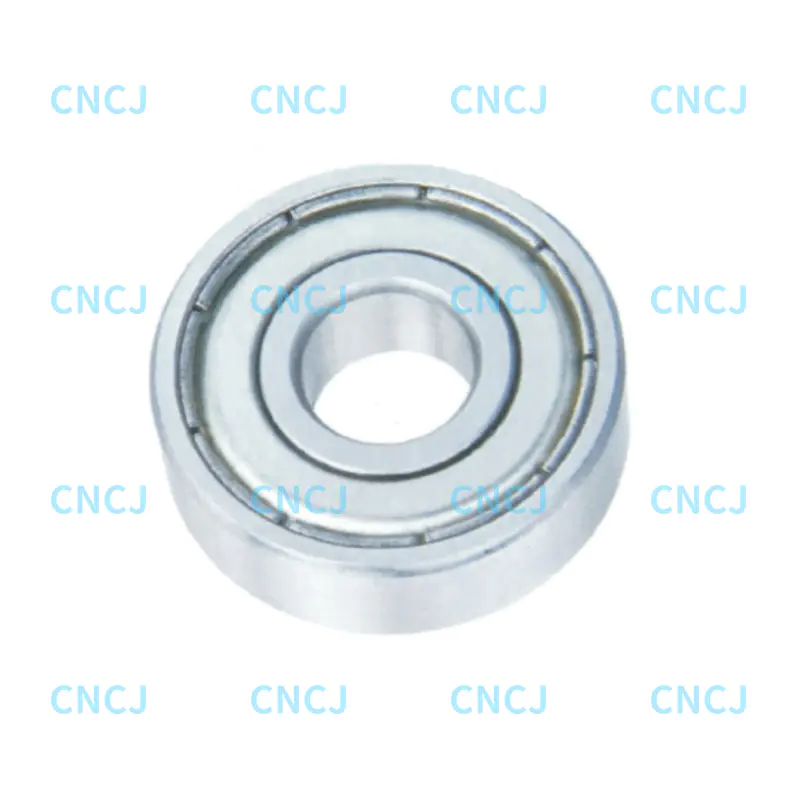What Are 3201 Bearings, and Why Do Load and Speed Matter for Their Selection?
3201 bearings fall under the category of tapered roller bearings, distinguished by their conical rollers and raceways that enable them to handle both radial and axial loads simultaneously. This design makes them a common choice in mechanical systems such as small gearboxes, light-duty industrial equipment, and compact rotating machinery. However, their ability to perform reliably depends entirely on aligning the bearing with the application’s specific load and speed requirements.
Load type determines whether the bearing can avoid premature wear or failure—tapered roller bearings like the 3201 are engineered to distribute combined radial-axial forces, but they may be inefficient (for light loads) or overstressed (for heavy loads) if mismatched. Operating speed, meanwhile, directly impacts temperature buildup and lifespan: exceeding a bearing’s safe speed limit generates excess friction, degrades lubrication, and damages internal components. Neglecting either factor can lead to frequent breakdowns, increased maintenance costs, and compromised equipment performance.
What Types of Loads Can 3201 Bearings Handle, and How to Match Them to Your Application?
3201 bearings are optimized for combined radial and axial loads, but their suitability varies based on load magnitude and proportion. To ensure a proper match, start by classifying your application’s load profile:
1. Light to Moderate Combined Loads (Fa ≤ 0.5Fr)
If your equipment (e.g., small conveyors, light-duty gearboxes, or compact pulley systems) experiences primarily radial load with a secondary axial component (where axial load Fa is 50% or less of radial load Fr), 3201 bearings are an ideal fit. Their tapered geometry distributes these moderate forces evenly across the roller contact area, preventing stress concentrations that cause cracking or surface spalling. For example, a small motor-driven fan with minor axial thrust from airflow pressure would rely on 3201 bearings to handle both the radial load of the shaft and the light axial force without additional bearing configurations.
2. Heavy Combined Loads (Fa > 0.5Fr)
In applications like small lifting mechanisms or industrial blowers—where axial load dominates (Fa exceeds 50% of Fr)—3201 bearings remain viable but require careful capacity verification. Tapered roller bearings use line contact between rollers and raceways to support heavy loads, but exceeding the 3201’s rated dynamic load (a standard specification for bearing durability) accelerates fatigue.
To confirm suitability, calculate the equivalent dynamic load using the formula:P = X·Fr + Y·Fa(Where X and Y are load factors specific to tapered roller bearings, typically X = 0.4 and Y = 1.6 for standard designs.)
Ensure the calculated P value is less than the bearing’s rated dynamic load (C) with a safety factor of at least 1.2. If P approaches or exceeds C, the 3201 may be undersized, and a wider tapered roller bearing (with the same inner diameter but larger outer diameter) should be considered.
3. Pure Radial or Pure Axial Loads: Are 3201 Bearings Suitable?
3201 bearings are not optimized for single-direction loads. For pure radial loads (e.g., simple rotating shafts with no axial thrust), designs like deep groove ball bearings or cylindrical roller bearings offer lower friction and higher efficiency, as they eliminate the unnecessary axial load capacity of tapered rollers. For pure axial loads (e.g., vertical shafts in small pumps), thrust bearings are superior—3201 bearings have limited axial-only capacity and will wear unevenly if forced to carry such loads alone.
How to Match 3201 Bearings to Operating Speed Requirements?
Operating speed is governed by a bearing’s limit speed—the maximum rotational speed (in rpm) it can sustain without excessive heat buildup, typically specified for standard grease lubrication and light loads (P ≤ 0.1C). To ensure speed compatibility with 3201 bearings, follow these key steps:
1. Understand the 3201’s Baseline Limit Speed
As a medium-sized tapered roller bearing, the 3201 has a moderate limit speed compared to ball bearings (which handle higher speeds due to point contact) but outperforms heavy-duty roller bearings. A standard 3201 bearing with a steel cage typically has a baseline limit speed of 4,000–6,000 rpm under grease lubrication. This makes it suitable for applications like small industrial mixers or low-speed conveyors (2,000–4,000 rpm) but potentially insufficient for high-speed equipment like small motor spindles (exceeding 6,000 rpm).
2. Adjust for Real-World Operating Conditions
The baseline limit speed is not absolute—factors like lubrication, load magnitude, and cage design can modify it:
- Lubrication: Grease lubrication is standard but limits speed; switching to oil lubrication (e.g., splash or forced circulation) can increase the limit speed by 15–20% by improving heat dissipation.
- Load Magnitude: Higher loads (P > 0.1C) generate more friction and heat, reducing the effective limit speed. A 3201 bearing under full rated load may only safely operate at 70–80% of its baseline limit speed.
- Cage Design: Bearings with solid steel cages handle slightly higher speeds than those with stamped steel cages, as they minimize vibration and friction at high rotational velocities.
3. Address Speed Exceedances
If your application’s speed slightly exceeds the 3201’s adjusted limit speed, practical modifications can help:
- Upgrade to a higher-precision bearing grade (e.g., P6 instead of standard P0) to reduce internal friction and vibration.
- Increase radial clearance (e.g., C3 instead of standard C0) to accommodate thermal expansion from higher speeds.
- Implement forced cooling for the bearing housing (e.g., air vents or liquid cooling jackets) to manage heat buildup.
If speed exceeds the limit by more than 20%, the 3201 is not suitable—switch to a high-speed design like angular contact ball bearings, which handle faster rotation due to their ball-bearing geometry.
What Additional Factors Complement Load and Speed in 3201 Bearing Selection?
While load and speed are primary considerations, secondary factors ensure long-term performance when selecting 3201 bearings:
1. Lubrication Matching
Proper lubrication bridges load and speed requirements. For low-speed, heavy-load 3201 applications (e.g., small crushers), use a high-viscosity grease (NLGI 2) with extreme pressure (EP) additives to prevent metal-to-metal contact. For high-speed, light-load use (e.g., small gearboxes), a low-viscosity grease (NLGI 1) reduces churning resistance and heat buildup.
2. Mounting and Clearance
Tapered roller bearings like the 3201 require precise axial clearance adjustment during installation. Too little clearance increases friction and heat at high speeds; too much clearance causes vibration under load. Follow standard guidelines for 3201 bearings—typically 0.02–0.05mm of axial clearance—to balance speed and load performance.
3. Environmental Conditions
Dusty, humid, or high-temperature environments demand additional considerations. Sealed 3201 bearing variants protect lubrication integrity (critical for maintaining load capacity and speed tolerance) in dirty settings. In high-temperature applications (above 120°C), use heat-resistant lubricants (e.g., silicone-based greases) to avoid lubricant breakdown that degrades both load handling and speed capability.
How to Validate 3201 Bearing Selection for Your Application?
Once you’ve aligned load type and speed with the 3201 bearing, a final validation step ensures reliability:
-
Calculate Expected Life: Use the ISO 281 formula for bearing life:L10 = (C/P)^p(Where L10 is the bearing life in millions of revolutions, C is the rated dynamic load, P is the equivalent dynamic load, and p = 10/3 for roller bearings.)Convert L10 to operating hours (using your application’s rpm) to confirm it meets your equipment’s service life requirements (e.g., 50,000 operating hours).
-
Conduct Prototype Testing: Run the 3201 bearing in a test setup that mimics your application’s load and speed. Monitor temperature (should not exceed 95°C under normal conditions) and vibration (no abnormal noise or oscillation) to confirm compatibility.
-
Review Application History: If similar equipment uses 3201 bearings, reference its maintenance records—frequent failures may indicate a mismatch between the bearing and the application’s load/speed profile.
Conclusion: Balancing Load and Speed for Optimal 3201 Bearing Performance
Selecting 3201 bearings based on load type and operating speed requires a clear assessment of your application’s force distribution and rotational demands. These tapered roller bearings excel at light-to-heavy combined radial-axial loads and moderate speeds (4,000–6,000 rpm baseline), but their performance depends on complementary choices like lubrication, clearance, and environmental protection. By classifying your load profile, verifying speed compatibility, and validating with life calculations and testing, you ensure the 3201 bearing delivers reliable, long-lasting service—avoiding the costs of premature failure and unplanned downtime. Ultimately, the best 3201 selection is one that aligns the bearing’s inherent capabilities with the unique needs of your equipment.

 English
English 中文简体
中文简体 Deutsch
Deutsch Español
Español